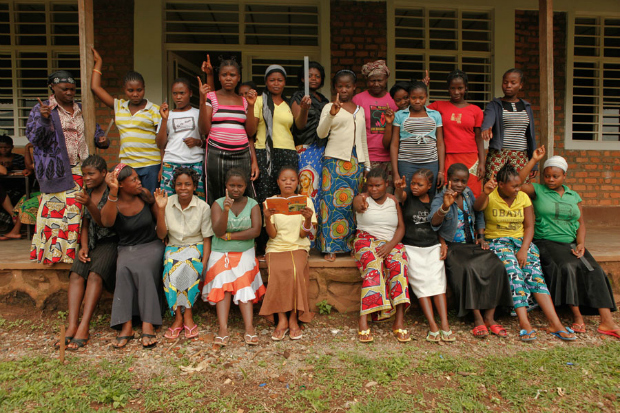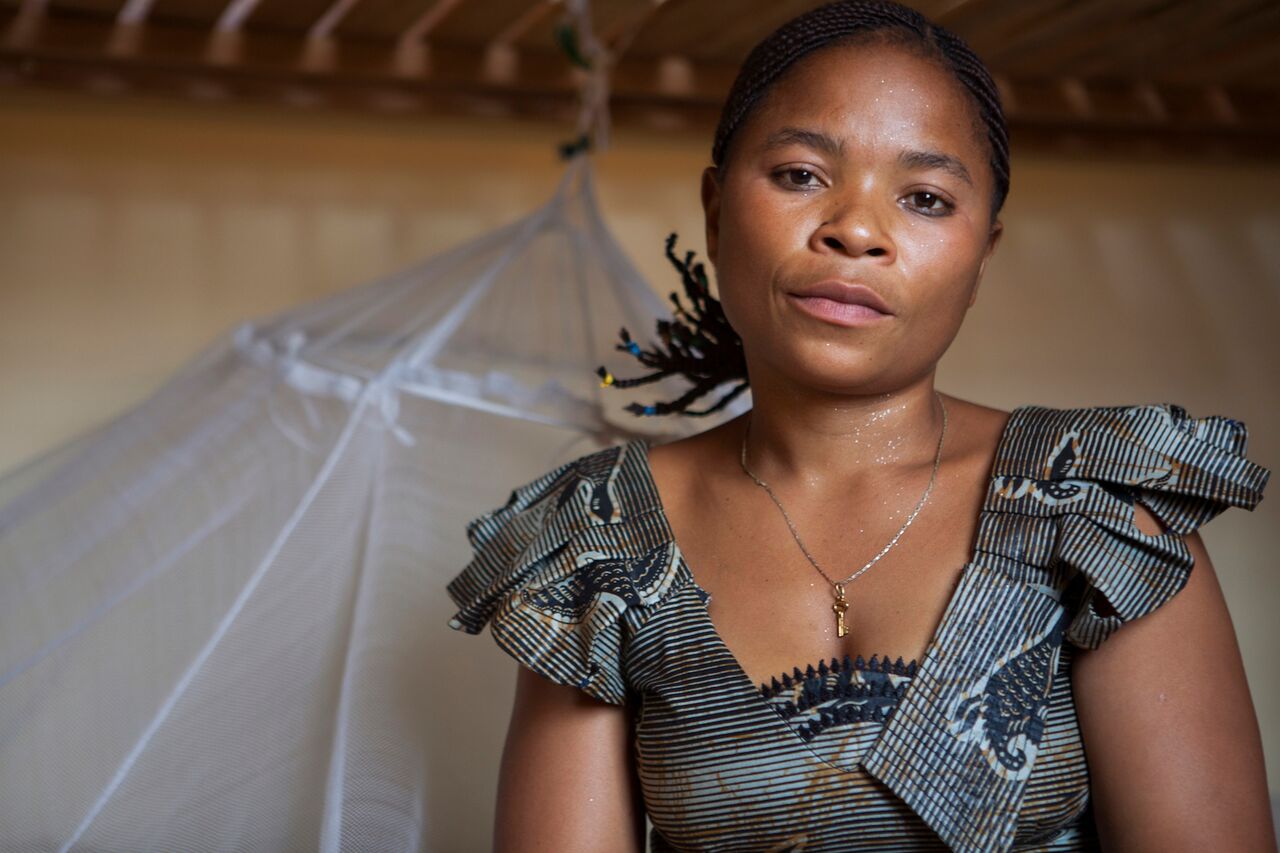At film festivals, the audience favourites are rarely the films that win the jury awards. And while the jury’s criteria may vary, the public always rewards emotion, stories about the shared human experience, and heart-warming films that inspire and touch. More than crowd pleasers, these films are powerful, able to change minds and hearts, and often invite reflection and reconsideration of the preconceived ideas we have about places and people. Madeleine Gavin’s City of Joy won the Public Award at Movies That Matter this year, and is one fine illustration of all of the above.
Sisterhood
City of Joy is proof that a documentary can be upbeat, meaningful in subject, and insightful in approach while at the same time exploring a terribly heavy topic. The background story is anything but upbeat: Set in the Democratic Republic of Congo, where rape is used as a weapon of war and an estimated 200,000 women are rape survivors, the devoted and Nobel Prize-nominated gynaecologist Dr Denis Mukwege, Christine Schuler Deschryver, and American playwright and activist Eve Ensler join hands to create a centre for survivors of rape and gender violence. They call it City of Joy, a name many find surprising and inadequate.
«Tight communities have healing powers.»
But City of Joy lives up to its name. The film follows the first group of women to spend half a year in this space, becoming its first generation of graduates. They go through a powerful process of change – in the six months they spend there they find the space to breathe, process and give voice to their experiences. They become empowered and begin to own their stories. The purpose of these six months is to turn them into leaders in their own communities and encourage others to speak up and stand up against a violent plague that is usually accompanied by shame and silence. And in the process they form a new community right there, a beautiful and surprisingly joyful sisterhood.

In so many ways these Congolese women and the western audience live worlds apart. The kind of suffering these women have endured is difficult to comprehend or relate to for anyone that has lived in a relatively safe place for most of their lives. But telling the story of City of Joy is a way to tell the world the truth about these women’s experiences, and to invite everyone to acknowledge that truth. With a hard-to-imagine drama at its core, the film facilitates the viewer’s understanding of an existence that is very different from their own, through the universal need for joy, hope and strength. City of Joy offers these women the chance to bring these things back into their lives and become factors of change – tight communities have healing powers.
Exploitation
Sexual violence not only affects the women who go through it but also destroys the very fabric of their communities. The ones carrying out these acts are dirt-poor men, joining militia groups to supposedly protect certain territories from others. But joining a militia group is mainly a means to survive. These men are people who have nothing to lose, fighting in a conflict that has been going on for the last 30 years and is in essence an economic war. While the chaos keeps boiling, fuelled by poverty and misunderstandings, corporations from all over the world benefit from it, extracting Congo’s rich mineral resources, an exploitation of non-renewable resources that returns nothing to the society that should benefit from it.

The film unfolds the many layers of this reality, juxtaposing the personal stories of both the founders of City of Joy and the women taking part in the program, with the country’s big picture. This highlights the country’s traumas but, most importantly, it highlights the fact that hope and change are possible.
«Given the chance, everyone would choose to speak a universal language and break a circle of hurt.»
Finding strength
Getting to know some of the women’s traumatic experiences is one thing, but the true strength of the film comes from showcasing what happens to these women in the training process, how one person can move from hardly being able to speak to finding strength and meaning in their life again. The story of Jane stands out particularly – a tiny woman who lost everything and survived, and the only woman that stayed after the six-month period, dedicating her work to helping other women.

The way the women use body language and facial expressions, the dances, the African prints on their clothes, and the genuine emotions and laughter, all add up to an atmosphere of sisterhood and strength, reminding of films like Solar Mamas (2012) and What Tomorrow Brings (2015).
In general, Africa is hardly ever portrayed through a lens of happiness. Yet City of Joy manages to illustrate a truly painful slice of recent African history through a hopeful lens, making its viewers not only open their heart, but also realise that pain and joy can coexist in people and places. That given the chance, everyone would choose to speak a universal language – the language of bonding and playing, of finding hope and strength – and break a circle of hurt.






